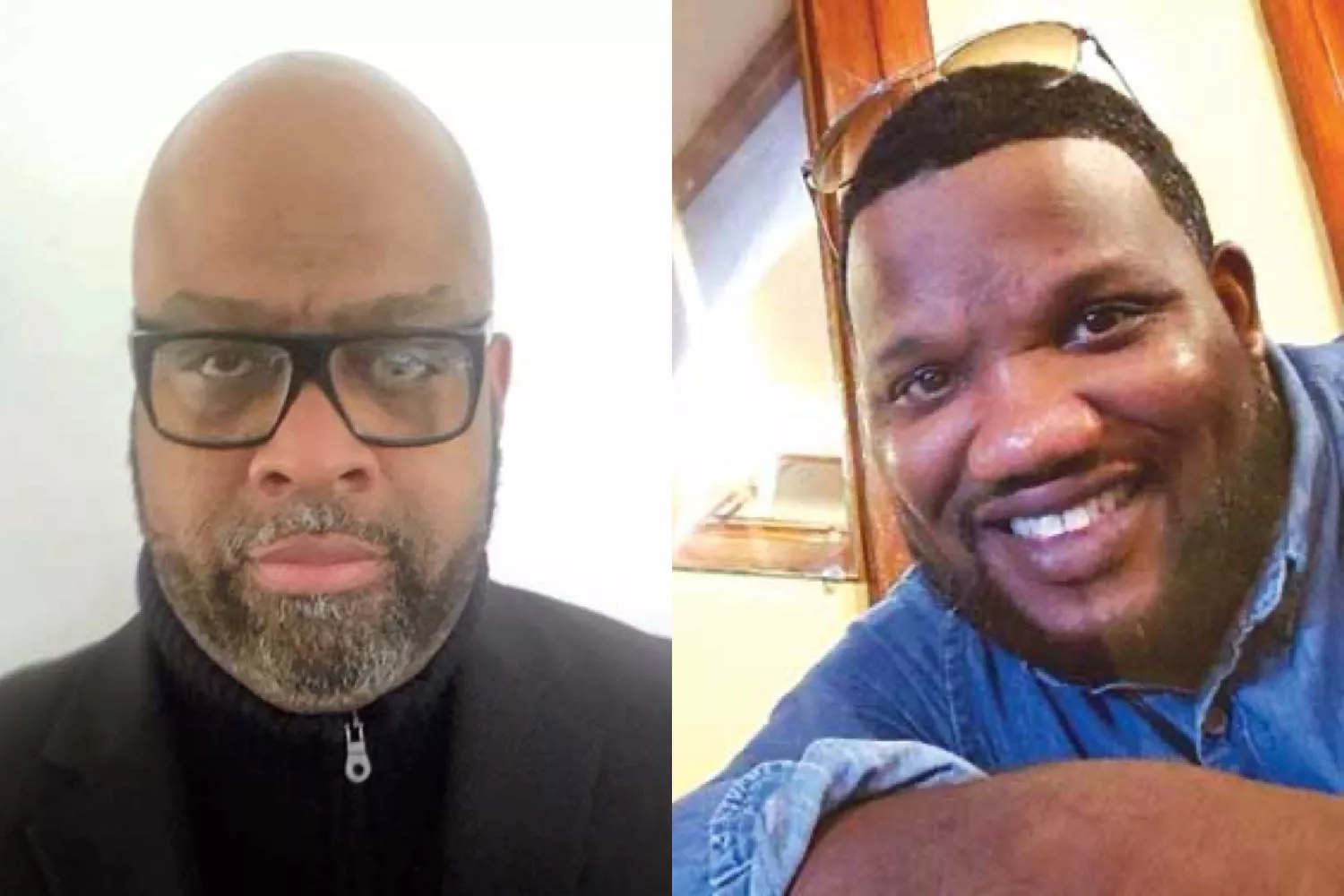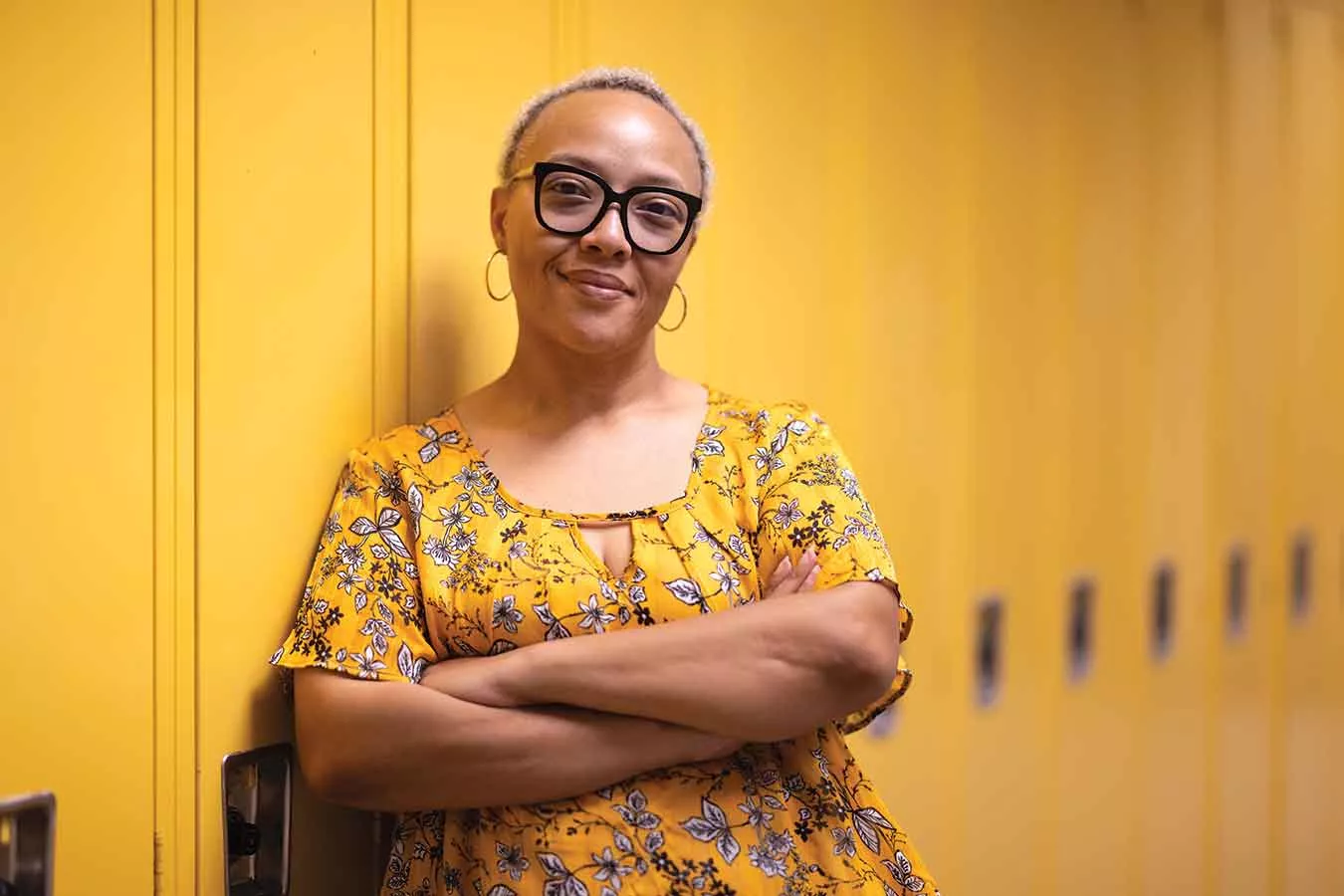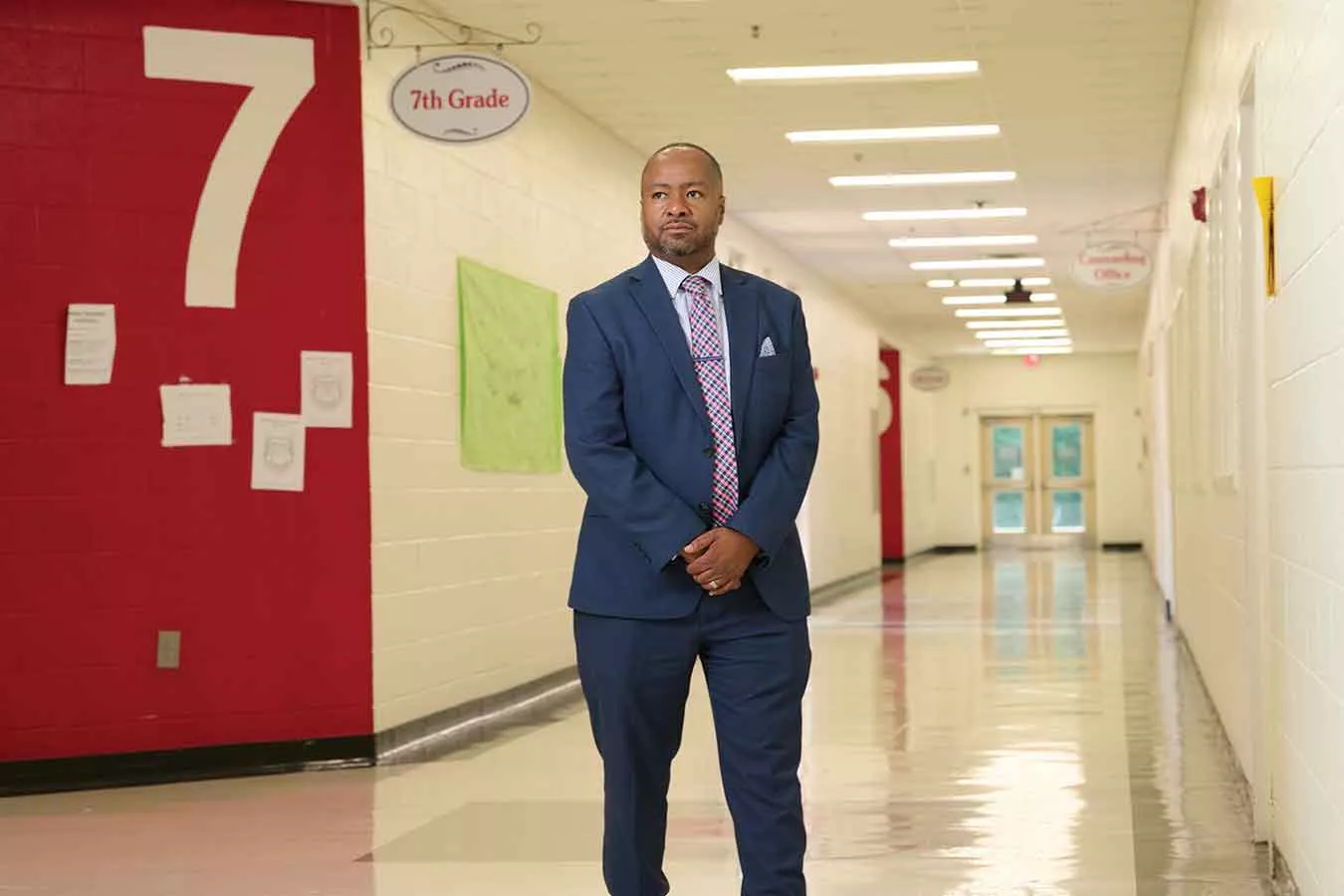Some students go from zero to 60 in what seems like a split second, and as the educator in the room, your adrenaline can fire up just as fast. But there are techniques that can help you defuse the situation.

Paraeducators Fred McFadden, from Michigan, and Jason Fletcher, from Delaware, are certified in crisis prevention intervention and conduct trainings for NEA members. They offer these tips for what to do when a student’s behavior is spiraling:
Keep calm
“Soaking in a student’s negative energy is taxing,” McFadden says. “It’s natural to get emotional or feel angry.” Once you recognize your feelings, work on restoring your own sense of calm. Only then can you fully de-escalate the student. Behavior influences behavior, he explains. The goal is to reduce tension in a crisis and bring the student back to using the rational part of the brain. Also, don’t take anything personally.
Speak in a level tone and in short, clear sentences. “Remember that 70 percent of communication is non-verbal, so ensure your body language matches your calm tone,” Fletcher adds.
Recognize triggers and respond to agitation
A trigger is when behavior changes in response to an event, like trouble with an assignment. Pay attention to when students with behavior problems are triggered and what it looks like. This can manifest as frustration, anxiety, agitation, fidgeting, or pacing around. These are all forms of stress relief. “Try speaking calmly and saying things like, ‘I notice you’re upset. Let’s breathe slowly for one minute,’” Fletcher suggests. Or ask if they’d like support with the assignment. Show empathy and tell them you know this can be frustrating, or share how you experienced whatever the trigger is and how you felt when it happened.
Have a plan
When a student is defiant and unwilling or unable to communicate, and the situation could get violent, you must have a protocol in place. The beginning of the year is the time to talk to administrators and counselors to establish a solid plan. “In our school, we have a code system to call for additional staff to deal with behavior,” McFadden shares. “It’s a team effort.”
Train everyone
“Everyone who works with students needs to be trained in deescalation,” McFadden adds. “It benefits the entire district if we’re all speaking the same language and acting in the same accord with redirections and empathy. The trauma we’re seeing is heavy and the mental health is real.”
Everyone who interacts with students need training, including teachers, bus drivers, cafeteria staff, and administrators, he says. “If everyone had de-escalation training, we would all feel safer and more supported at school.”






